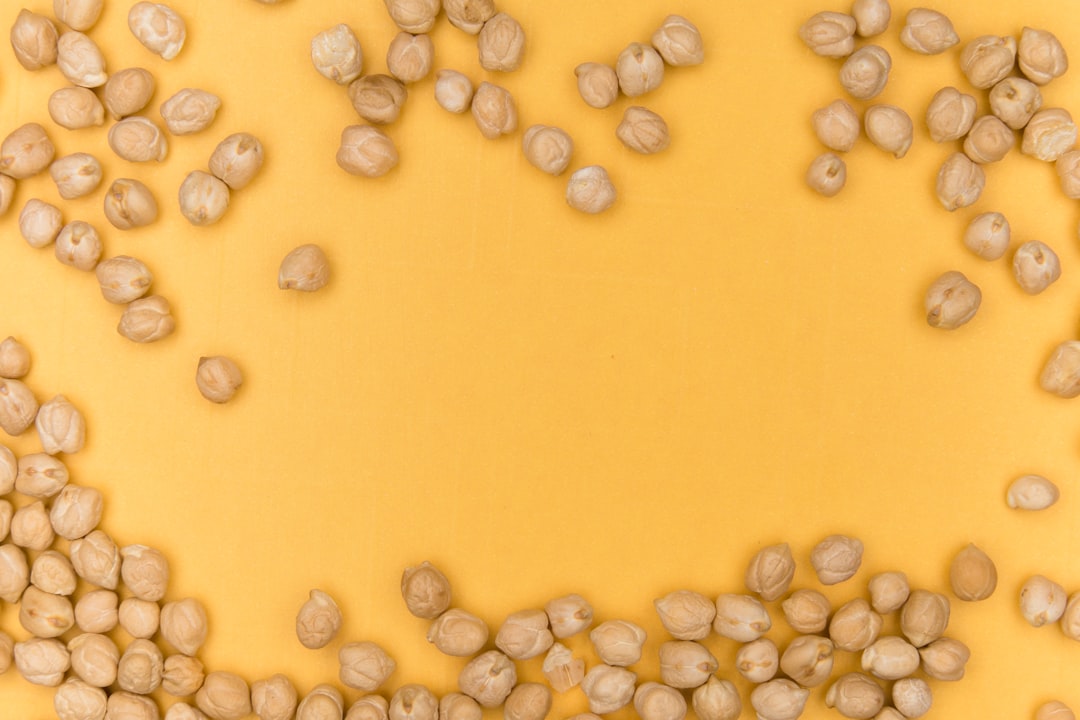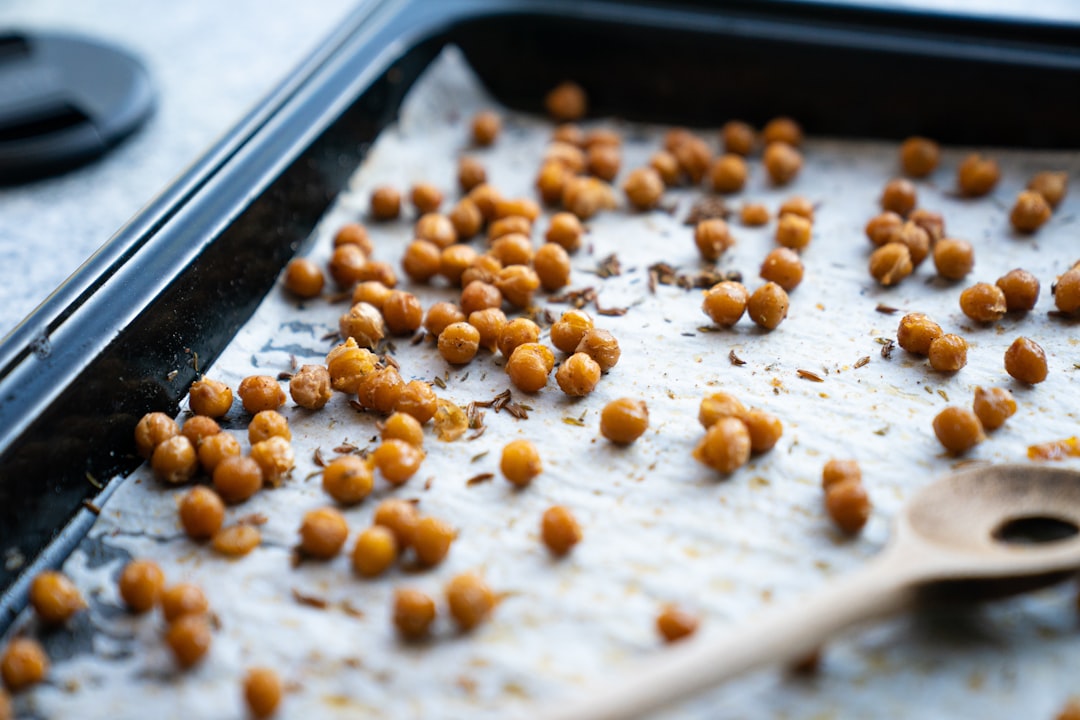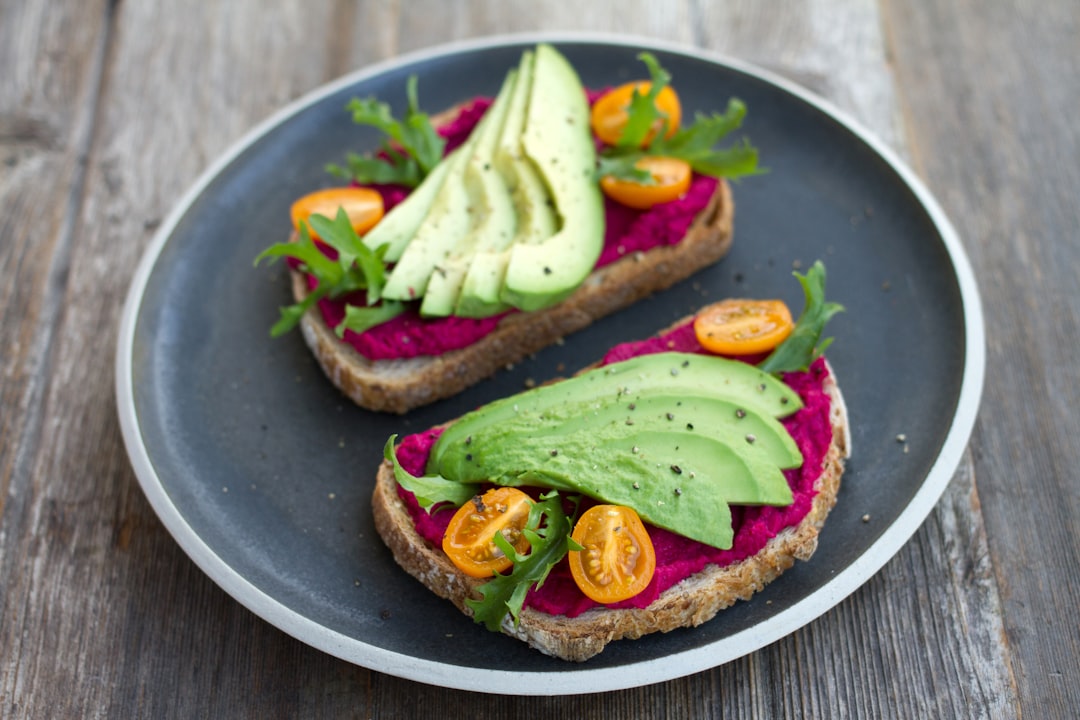Everybody loves hummus, so stop buying it and start making it. It’s easy, cheap, delicious, and accidentally 100% vegan.
PERFECT FOR A DIP & SPREAD
Hummus is a Middle Eastern dish that’s mostly made from chickpeas with a bit of lemon juice, cumin, olive oil, and tahini (sesame seed paste). Not only is hummus a rich, plant-based protein source, but it’s also loaded with minerals and unsaturated fats.
Blend all of these ingredients and you get a versatile dish that will happily accommodate extra flavours, like spices (paprika, turmeric) and vegetables (think roast peppers or carrots, beetroot, garlic).
☝️TIP☝️ Discover your personalised food recommendations to support your gut microbes with the Atlas Microbiome Test.
Hummus nutrition

The amazing thing about hummus is… Well actually, there are two really amazing things about hummus. First off, it contains prebiotic fibers that nourish and support the communities of beneficial microbes in your gut.
Secondly, by combining the chickpeas with vitamin C (in the lemon juice), you naturally unlock the plant-based iron (non-heme iron). This is especially important for non-carnivores because it’s a lot harder for the body to absorb iron from plant sources than from meat (heme iron).
| Hummus nutrition facts | per 100g |
|---|---|
| Fiber | 16% |
| Protein | 9% |
| Vitamin C | 13% |
| Vitamin B6 | 20% |
| Iron | 8% |
Hummus is rich in fiber
Without fiber, your good gut microbes get hungry and aren’t as good at doing their jobs that keep you healthy, like protecting your gut barrier, supporting your immune system, and making magical compounds called short-chain fatty acids... True guardians of the gut galaxy.
Chickpea flatulence explained

Hummus has a bad rep because legumes and pulses are famous for their ability to cause bloating and flatulence. However, people have been eating hummus for thousands of years, and that’s because the body builds up tolerance to legumes progressively. In short, the more often you eat hummus, the less gassy you will be.
☝️TIP☝️ Make hummus less gassy by adding a pinch of asafetida, an Indian spice that helps prevent the excessive gassiness provoked by legumes and pulses.
Hummus for health
Multiple studies show that chickpeas can help improve health indicators like blood sugar, and lower inflammation. Chickpeas and other legumes have a very low glycaemic index, which means that eating them helps keep your blood sugar levels stable.
Chickpeas, along with olive oil, lemon juice, and tahini, contain lots of antioxidants and anti-inflammatory phytonutrients that help keep your cells in good condition. That’s important because your body is made up of cells, and you need them to stay healthy and happy.
Hummus for healthy body weight
Eating legumes is very satisfying and reduces cravings and hunger due to its high fiber content and low glycaemic index. Hence, less bingeing, less frequent eating, and more satisfaction in all regards.
Hummus recipe

Hummus pairs perfectly with pita bread, sourdough toast, and sandwiches. Add some avocado on top of your toast with hummus and voila, the perfect breakfast. It’s also great for guests and parties because it’s so easy to make in large quantities. Just serve it as a dip with some vegetable sticks like cucumber, carrots, or celery.
All you need is a food processor to blend the ingredients.
Hummus Ingredients:
- 1 tin chickpeas
- Juice of ½ lemon
- Olive oil
- Tahini (sesame paste)
- Salt
- Pepper
- Cumin
⠀⠀⠀⠀
Step 1: Drain chickpeas and set the liquid aside (you’ll need it soon).
Step 2: Add the chickpeas to your food processor with the lemon juice, a good dash of olive oil, 1 tbsp tahini, ½ cup chickpea juice, a good pinch of salt, a sprinkle of pepper, and 1 tsp cumin (optional, if you don’t have it, keep calm and carry on).
Step 3: Blend until smooth. If it’s too thick, add a little more chickpea liquid and blend until you get the right consistency. Taste and season with lemon juice/salt/tahini until it pleases your palate.
Step 4: Personalise. Divide your hummus into several batches and blend it up with these extras for even more flavour and nutrients. We like these ones: beetroot, roast pepper, roast garlic, roast carrots, ginger.
☝️ No lemon juice?☝️ Add a little apple cider vinegar or lime juice instead.
- Effects of Non-Soy Legume Consumption on C-reactive Protein: A Systematic Review and Meta-Analysis
- The Nutritional Value and Health Benefits of Chickpeas and Hummus
- Glycemic Response to Black Beans and Chickpeas as Part of a Rice Meal: A Randomized Cross-Over Trial
- Effect of Non-Soy Legume Consumption on Inflammation and Serum Adiponectin Levels Among First-Degree Relatives of Patients With Diabetes: A Randomized, Crossover Study
- A Legume-Based Hypocaloric Diet Reduces Proinflammatory Status and Improves Metabolic Features in overweight/obese Subjects
- An Afternoon Hummus Snack Affects Diet Quality, Appetite, and Glycemic Control in Healthy Adults
- Variability in Prebiotic Carbohydrates in Different Market Classes of Chickpea, Common Bean, and Lentil Collected From the American Local Market
- USDA Food Data Central



















